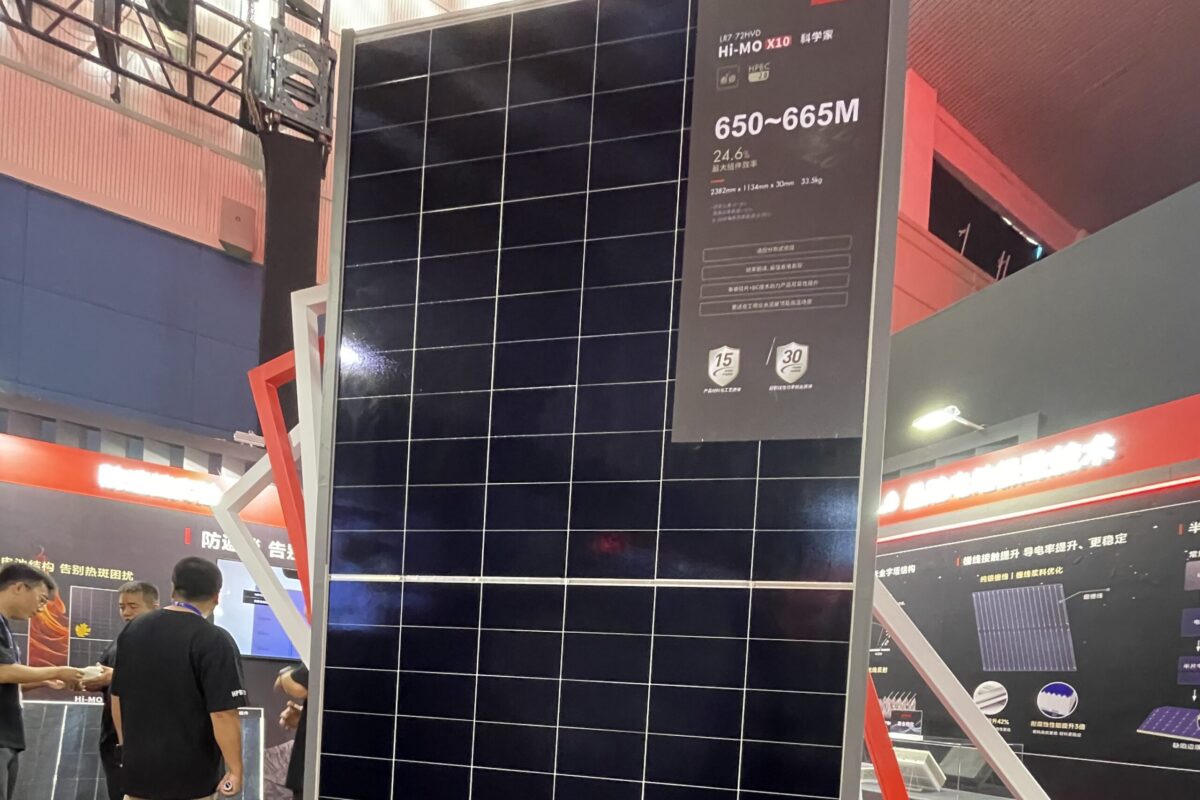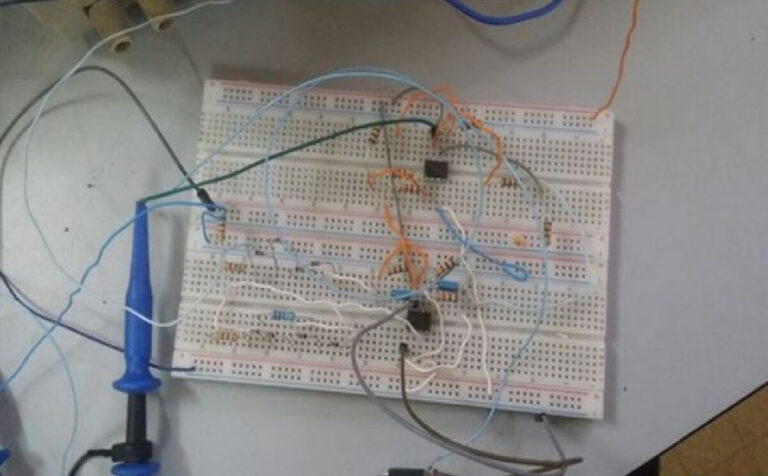Scientists have used a device based on the Duffing oscillator to solve the problem of low efficiency of PV systems at low input voltages at dawn and dusk. Its performance was reportedly better than that of a conventional DC-DC boost converter when boosting weak input voltages.
Researchers from the University of Yaounde I in Cameroon have proposed using the Duffing oscillator to amplify the output with very low voltage and low solar radiation levels at sunrise and sunset.
The Duffing oscillator, or Duffing equation, is a differential equation used to model certain damped and driven oscillators. The system, named after German engineer Georg Duffing, was originally used to solve complex physics questions and analyze anharmonic oscillations. Once it became popular, it was used as a model stiffening springs, beam kinks, nonlinear electronic circuits, superconducting Josephson parametric amplifiers, and ionization waves in plasmas.
“It corresponds to a second-order nonlinear differential equation, with or without forcing,” the scientists explained. A forcing function is a function that appears in the equations and is only a function of time, and not of any of the other variables.
“The response of the Duffing oscillator strongly depends on the nature of the feed. For a zero or constant input signal, a constant response amplitude is obtained as the output signal. For an alternative or variable input signal, a variable response amplitude is obtained at the output, which sometimes exhibits chaotic behavior that has been well analyzed in the literature,” she added.
The scientists used Fortran 95 software to simulate a system consisting of a Duffing oscillator, an inverter that inverts the negative voltage of one of the oscillator’s outputs, and a voltage adder to convert both positive and inverse negative voltages of the add two oscillator outputs. The oscillator can amplify and self-regulate the voltage generated by the PV modules using its amplifier circuit and its non-linear element.
Image: University of Yaounde I, Heliyon, Common License CC BY 4.0
The proposed Duffing oscillator amplifier was connected to a solar cell to quantify the voltage gain ratio. The group also added a U4 OPAMP power driver and compared the performance of this experimental setup to that of a solar cell connected to a conventional DC-DC boost converter.
“The disadvantage of the DC-DC boost chopper is the constant and limited ratio between output and input voltages, the so-called gain factor,” the academics specified. “We are replacing the DC-DC boost chopper with a new block, the Duffing electric oscillator, to deal with this limitation.”
The team conducted both theoretical and experimental research and visualized the results on a digital oscilloscope. “From this experimental prototype, by varying the input voltage values, we obtain data on the output voltage and thus the gain,” the report emphasizes.

Image: University of Yaounde I, Heliyon, Common License CC BY 4.0
The analysis showed that the Duffing oscillator can amplify the very low solar cell voltages better than the DC-DC boost chopper. The ability of the oscillator to self-regulate the solar cell voltage was confirmed by the fact that it has a high gain at low voltages and a low gain as the input voltage increases.
The experimental study also showed that the output voltage can reach 7.03 V at an input voltage of 0.43 V, which represents a gain of 24.3 decibels (dB).
“Solar cell technology could therefore greatly benefit from the proposed device to solve the problem of low efficiency at low input voltages,” the scientists concluded.
Their findings are available in the study “Amplification of very low output voltages from PV panels using a Duffing oscillator”, which was recently published in Heliyon.
This content is copyrighted and may not be reused. If you would like to collaborate with us and reuse some of our content, please contact: editors@pv-magazine.com.
Popular content



